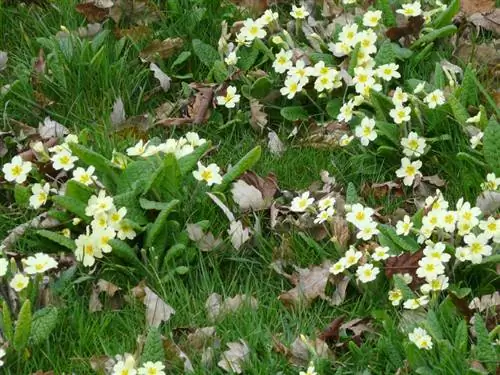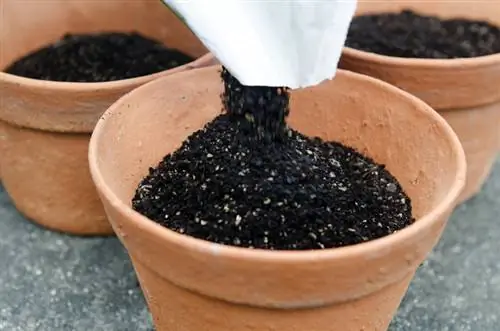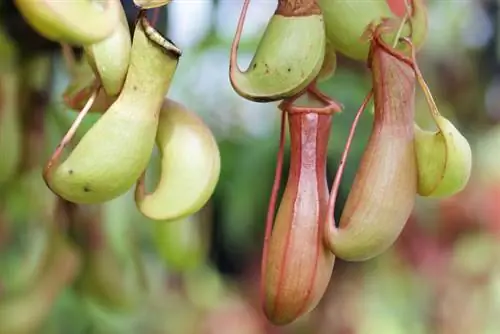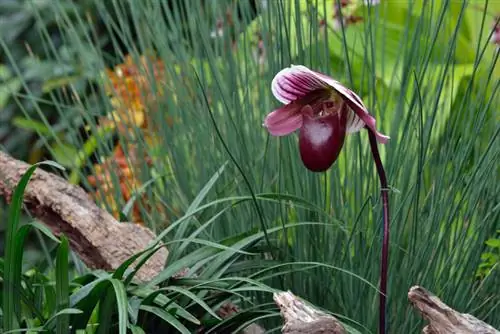- Author admin [email protected].
- Public 2023-12-16 16:46.
- Last modified 2025-01-23 11:20.
The bright yellow cowslips announce the approach of spring from afar from March / April. The spring bloomers, which are easy to cultivate in the home garden, look particularly good in a colorful bed with other early-flowering bulbous plants, such as tulips, daffodils or hyacinths. Propagation from seeds is particularly easy if you simply leave the plants to their own devices: cowslips sow themselves very reliably. However, you can also sow them with seeds you have collected yourself or purchased, but you should follow a few tips.

How do you grow cowslips from seeds?
To grow cowslips from seeds, the seeds should be sown immediately after they are ripe. They require a cool environment (10-15°C) and prior stratification (cold treatment). After sowing on loose soil or substrate, keep the seeds slightly moist.
It's best to sow seeds straight away
This also means that self-collected seeds usually do not last long and lose their ability to germinate. For this reason, you should ideally plant them immediately after the seeds have ripened. You can sow the seeds either in pots or seed trays or directly outdoors. Please note, however, that the soil or substrate is well prepared and loosened before sowing. The seeds are only covered very thinly with soil and always kept slightly moist.
Don’t keep seeds too warm
Now you have to be careful, because unlike other seedlings, sown cowslip seeds must not be kept too warm. So don't necessarily place the seed trays or the indoor greenhouse on a window sill above a heated heater, but in a rather cool, slightly or not heated room. Temperatures between 10 and 15 °C are optimal.
Prefer primroses from January
Young cowslips can be grown from available seeds from January onwards, provided they have not already been sown in autumn. However, cowslips are cold germinators and must therefore be stratified before the actual sowing, i.e. H. be exposed to a period of cold for a longer period of time. This recreates the natural conditions and breaks the germination inhibition of the seeds. Stratification is best done at temperatures around freezing point in the vegetable compartment of the refrigerator for about four to six weeks.
Tip
Primroses growing in the wild may not be dug up or picked in whole or in part. This also applies to its seeds, because the wild perennial is protected due to its classification as an endangered species.






